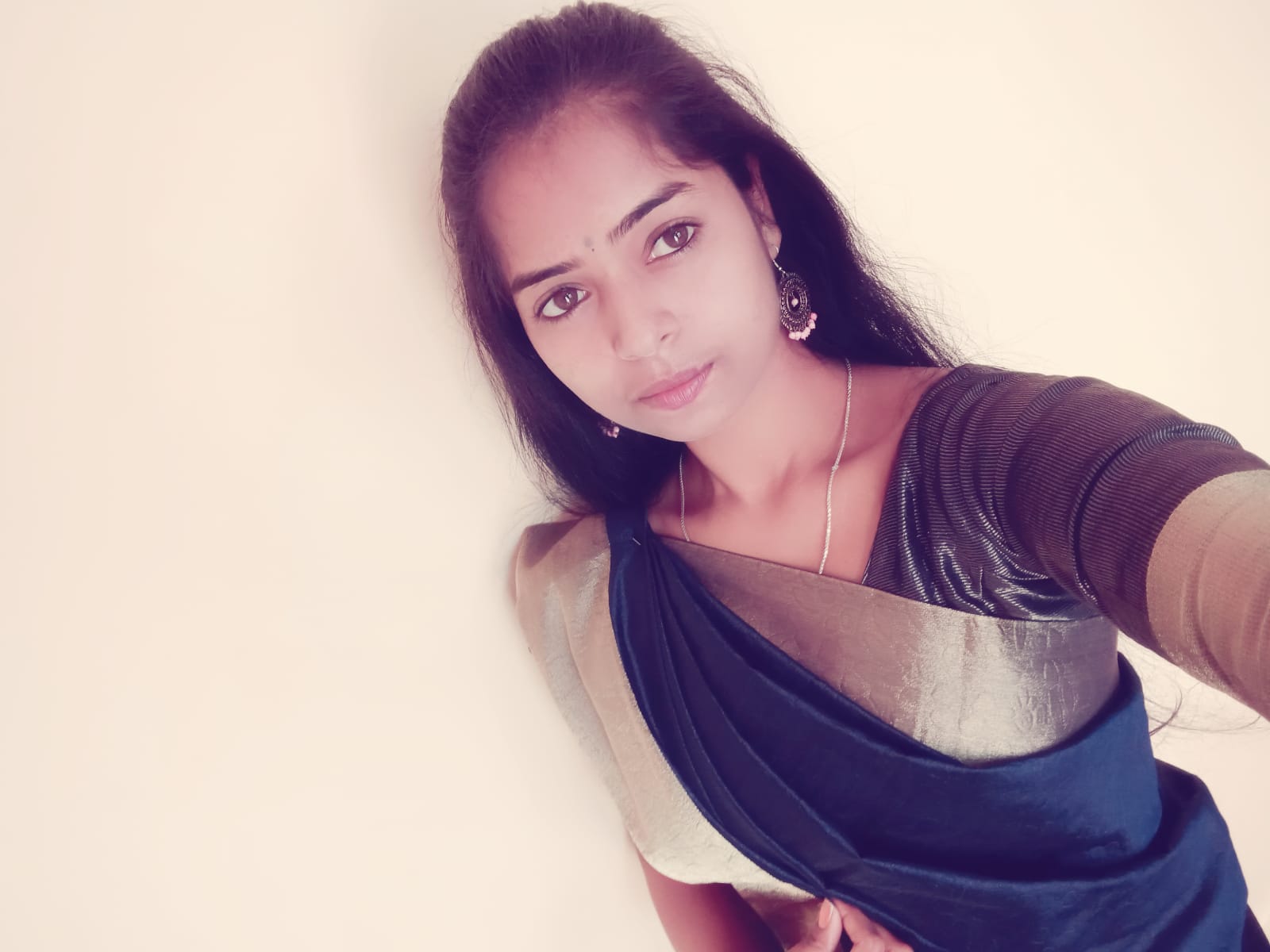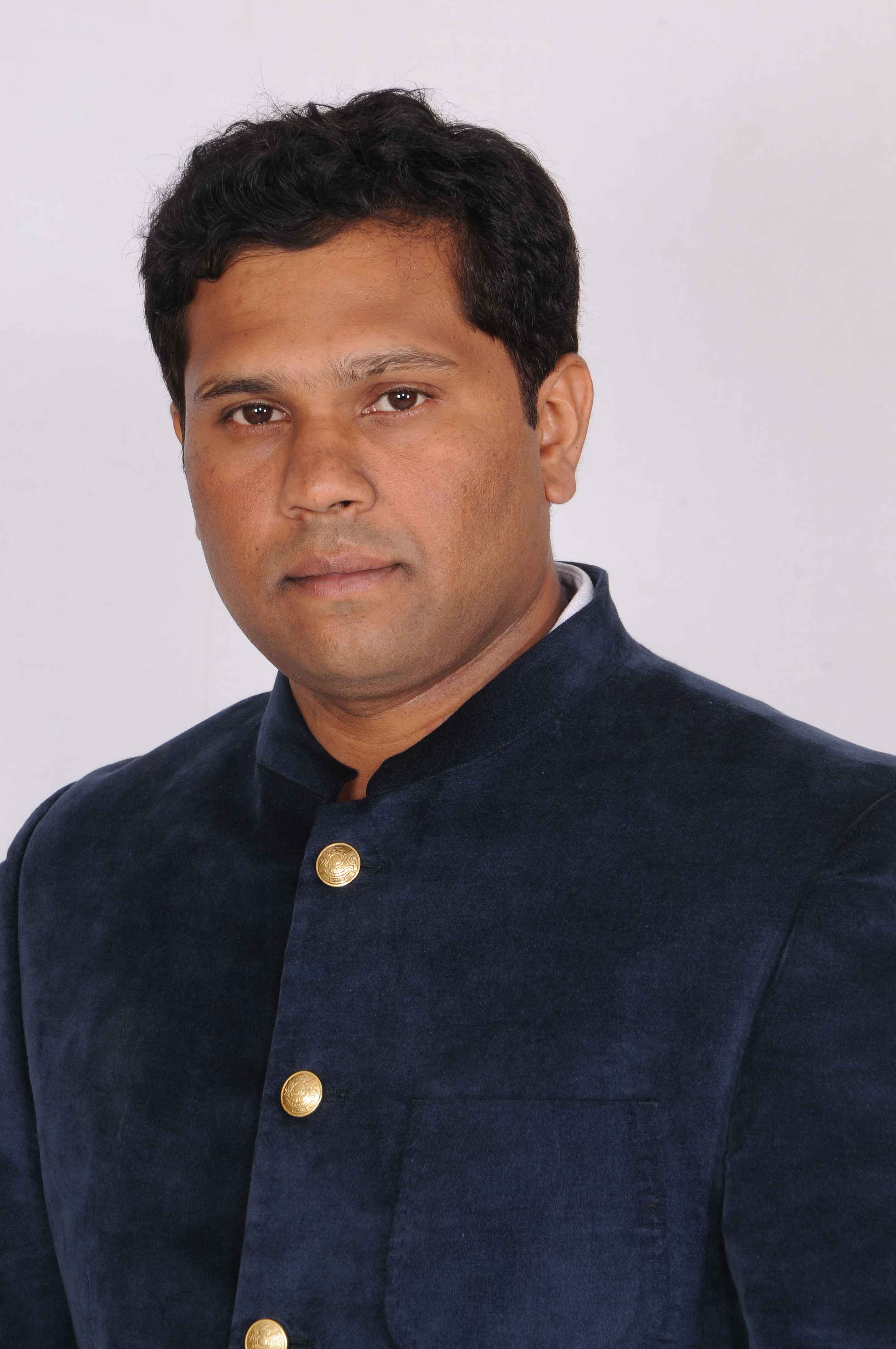Indian classical music
Indian classical music
Indian classical music is one of the many forms of art music that have their roots in particular regional cultures. For other "classical" and art music traditions, see List of classical and art music traditions.
Indian classical music is the classical music of the Indian subcontinent. It has two major traditions: the North Indian classical music known as Hindustani and the South Indian expression known as Carnatic.These traditions were not distinct until about the 15th century. During the period of Mughal rule of the Indian subcontinent, the traditions separated and evolved into distinct forms. Hindustani music emphasizes improvisation and exploration of all aspects of a raga, while Carnatic performances tend to be short composition-based. However, the two systems continue to have more common features than differences.
The roots of the classical music of India are found in the Vedic literature of Hinduism and the ancient Natyashastra, the classic Sanskrit text on performing arts by Bharata Muni.The 13th century Sanskrit text Sangeeta-Ratnakara of Sarangadeva is regarded as the definitive text by both the Hindustani music and the Carnatic music traditions.
Indian classical music has two foundational elements, raga, and tala. The raga, based on a varied repertoire of Swara (notes including microtones), forms the fabric of a deeply intricate melodic structure, while the tala measures the time cycle.The raga gives an artist a palette to build the melody from sounds, while the tala provides them with a creative framework for rhythmic improvisation using time. In Indian classical music, the space between the notes is often more important than the notes themselves, and it traditionally eschews Western classical concepts such as harmony, counterpoint, chords, or modulation.
Major traditions
The classical music tradition of the ancient and medieval Indian subcontinent (modern Bangladesh, India, Pakistan) were a generally integrated system through the 14th century, after which the socio-political turmoil of the Delhi Sultanate era isolated the north from the south. The music traditions of the North and South India were not considered distinct until about the 16th century, but after that the traditions acquired distinct forms.North Indian classical music is called Hindustani, while the South Indian expression is called Carnatic (sometimes spelled as Karnatic). According to Nazir Ali Jairazbhoy, the North Indian tradition acquired its modern form after the 14th or the 15th century.
Indian classical music has historically adopted and evolved with many regional styles, such as the Bengali classical tradition. This openness to ideas led to the assimilation of regional folk innovations, as well as influences that arrived from outside the subcontinent. For example, Hindustani music assimilated Arabian and Persian influences. This assimilation of ideas was upon the ancient classical foundations such as raga, tala, matras as well as the musical instruments. For example, the Persian Rāk is probably a pronunciation of Raga. According to Hormoz Farhat, Rāk has no meaning in the modern Persian language, and the concept of raga is unknown in Persia.
Carnatic music
Purandara Dasa (1484–1564) was a Hindu composer and musicologist who lived in Hampi of the Vijayanagara Empire.He is considered Pithamaha (literally, "grandfather") of the Carnatic music. Purandara Dasa was a monk and a devotee of the Hindu god Krishna (Vishnu, Vittal avatar).He systematized classical Indian music theory and developed exercises for musicians to learn and perfect their art. He traveled widely sharing and teaching his ideas, and influenced numerous South Indian and Maharashtra Bhakti movement musicians.These exercises, his teachings about raga, and his systematic methodology called Suladi Sapta Tala (literally, "primordial seven talas") remain in use in contemporary times.The efforts of Purandara Dasa in the 16th century began the Carnatic style of Indian classical music.
Hindustani music
Hindustani classical music is the classical music of the northern regions of the Indian subcontinent. It may also be called North Indian classical music or, in Hindustani, shastriya sangeet (śāstriya saṅgīt). Its origins date from the 12th century CE, when it diverged from Carnatic music, the classical tradition of southern regions of the Indian subcontinent.
History
Around the 12th century, Hindustani classical music diverged from what eventually came to be identified as Carnatic classical music.The central notion in both systems is that of a melodic musical mode or raga, sung to a rhythmic cycle or tala. It is melodic music, with no concept of harmony. These principles were refined in the musical treatises Natya Shastra, by Bharata (2nd–3rd century CE), and Dattilam (probably 3rd–4th century CE).
In medieval times, the melodic systems were fused with ideas from Persian music, particularly through the influence of Sufi composers like Amir Khusro, and later in the Mughal courts, noted composers such as Tansen flourished, along with religious groups like the Vaishnavites. Artists such as Dalptaram, Mirabai, Brahmanand Swami and Premanand Swami revitalized classical Hindustani music in the 16-18th century.
After the 16th century, the singing styles diversified into different gharanas patronized in different princely courts. Around 1900, Vishnu Narayan Bhatkhande consolidated the musical structures of Hindustani classical music, called ragas, into a few that's based on their notes. This is a very flawed system but is somewhat useful as a heuristic.
Distinguished musicians who are Hindu may be addressed as Pandit and those who are Muslim as Ustad. An aspect of Hindustani music going back to Sufi times is the tradition of religious neutrality: Muslim ustads may sing compositions in praise of Hindu deities and vice versa.
Raga
A raga is a central concept of Indian music, predominant in its expression. According to Walter Kaufmann, though a remarkable and prominent feature of Indian music, a definition of raga cannot be offered in one or two sentences.Raga may be roughly described as a musical entity that includes note intonation, relative duration and order, in a manner similar to how words flexibly form phrases to create an atmosphere of expression.In some cases, certain rules are considered obligatory, in others optional. The raga allows flexibility, where the artist may rely on simple expression or may add ornamentations yet express the same essential message but evoke a different intensity of mood.
Tala
According to David Nelson an Ethnomusicology scholar specializing in Carnatic music, a tala in Indian music covers "the whole subject of musical meter". Indian music is composed and performed in a metrical framework, a structure of beats that is a tala. A tala measures musical time in Indian music. However, it does not imply a regular repeating accent pattern, instead its hierarchical arrangement depends on how the musical piece is supposed to be performed.
The tala forms the metrical structure that repeats, in a cyclical harmony, from the start to end of any particular song or dance segment, making it conceptually analogous to meters in Western music.However, talas have certain qualitative features that classical European musical meters do not. For example, some talas are much longer than any classical Western meter, such as a framework based on 29 beats whose cycle takes about 45 seconds to complete when performed. Another sophistication in talas is the lack.


